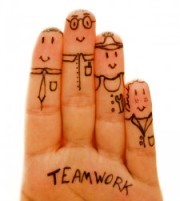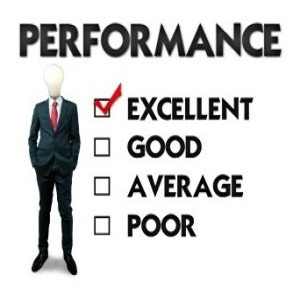I have often come across companies promoting the best performing employee to a manager. The problem is that the best performing employee does not guarantee that they will be a good manager.
What often happens is you lose a good performing employee and gain a poor manager. Promoting someone to a new position especially management, should follow a similar process as hiring a new employee.
When someone knows the job, and does it well we think they can guide and teach others how to perform as good. But managing requires a whole new skill set that many people do not have and do not want to develop.
Before promoting someone to a management role follow these steps.
- Write a job description or update a current one. Make sure the role description is well thought out and includes the essential leadership and management skills. A good resource for writing a job description is org.
- Post the job so you have more than one candidate. Sometimes this may be difficult because the employee in mind is expecting to be promoted. Depending on the situation and size of the company you can post both internally and externally.
- Conduct an interview as if you were if hiring from outside. Let the person know that they must fit the job.
- Conduct an psychometric evaluation of the person to check for their fit with the job. Use the right assessment tool for this purpose. You need to use a total person assessment that can measure cognitive skills (thinking style), behavioral traits and occupational interests. An interest in people should be high on the list.
- Consider the training and coaching that would be required for the new manager. Do you have the resources and who would provide the training?
Coaching an Olympic Speed Skater
 I once met the coach of an Olympic speed skating champion at an event. We sat next to each other over dinner. He told me how he became the athlete’s coach and I was amazed. He said he had never been a speed skater and new almost nothing about the sport. But the two had met and he took an interest in her. He offered to be her coach and at first, she was skeptical but finally agreed as the relationship developed. He told me that although he knew little about speed skating he knew people well and how to coach and guide them. He said he knew he could easily learn the success techniques of speed skating but no one could teach him how to build rapport with people and get them to be at their best. He said he always had that ability.
I once met the coach of an Olympic speed skating champion at an event. We sat next to each other over dinner. He told me how he became the athlete’s coach and I was amazed. He said he had never been a speed skater and new almost nothing about the sport. But the two had met and he took an interest in her. He offered to be her coach and at first, she was skeptical but finally agreed as the relationship developed. He told me that although he knew little about speed skating he knew people well and how to coach and guide them. He said he knew he could easily learn the success techniques of speed skating but no one could teach him how to build rapport with people and get them to be at their best. He said he always had that ability.
The Sales Manager
I once was hired by a sales manager to conduct a workshop at a conference the company was organizing in Las Vegas. They sold security devices and systems to hotels and institutions. I discovered some of the things that the sales manager was doing to support the sales people across North America. He himself had never sold the product but was a true professional manager. He knew his job well and what he needed to do to make sure that everyone was equipped to sell.
A common error is promoting a great salesperson to sales manager. Often what happens is the person continues to sell and spends little time on management issues like strategic planning, training, coaching etc.
The next time you are thinking of promoting an employee to a management position follow the steps listed above and make sure you are putting the right person in the job.




